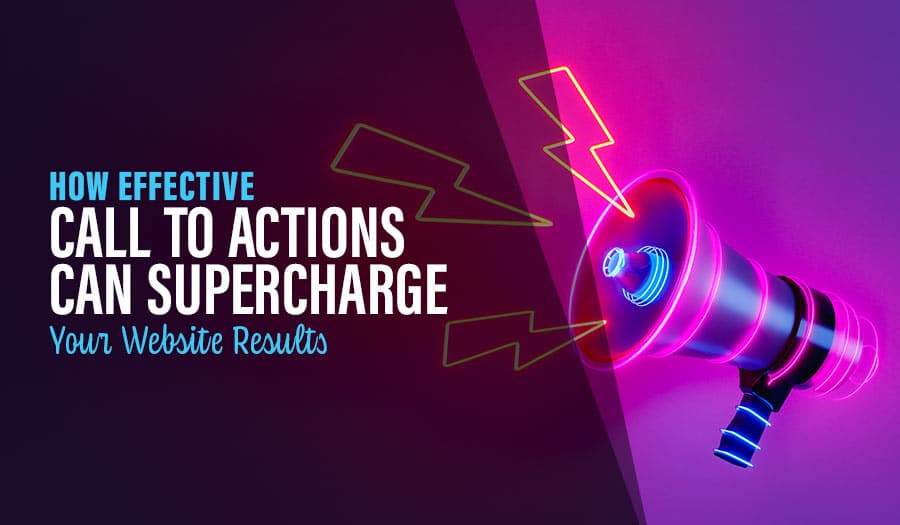Where do your visitors go once they arrive on your homepage? Answering that question is a crucial step to ensuring that your digital presence succeeds in its goal to attracting interest and customers to your business.
In 2016, your goal should not just to be attract web visitors. It should be to direct that exposure toward desired actions, ultimately setting them on their way to become customers.
The only way you can influence where your visitors navigate to after landing on your home page is with calls to action. By letting them know about their potential next steps, you can direct their attention toward the areas most influential to making a purchasing decisions. If you’re wondering just how you can go about doing just that, here are 5 steps to creating the perfect call to action on your homepage.
1) Choose Your Location
Even the best calls to action won’t work if your audience never sees them. That’s why understanding just where you need to place your CTAs is crucial in helping them succeed.
Conventional wisdom suggests that placing the call to action ‘above the fold,’ meaning in a place visitors can see without needing to scroll, is most successful. But don’t be afraid to experiment; especially in-depth CTAs may be more successful if you have first set the stage with compelling content.
2) Focus on Benefits
What does your audience get from following your call? If the CTA doesn’t answer this question, you won’t get many clicks. A focus on benefits over features has long been a staple in successful marketing, and the same applies here. Focusing on benefits means letting your audience know just why they should click, whether it’s to learn more about a topic of interest or downloading content that helps them in their job.
3) Design Carefully
Designing calls to action, especially in button form, means finding a balance. You need them to stand out from your website’s regular background, but without disrupting the site’s general design.
Often, the best way to find a design that works with you is finding a colour within your site’s colour scheme that has not been used on the homepage yet. Effective use of white space can also elevate its design. Browsing through examples of effectively designed CTAs can help give you inspiration.
4) Minimise the Text
The text on your call to action should be urgent and specific, but minimal. Consider that paradox a main reason why so many CTAs fail to convert at desired levels. Writing a call to action, though it consists of only a couple of words, is an art form; conveying personal urgency and benefits in as few words as possible can be difficult.
But that does not make it impossible. The key is to stay away from ‘canned’ phrases like submit, download, or sign up. Instead, use more action-oriented language like learn, watch, or call.
5) Follow Through
Finally, you need to make sure that anything you promise in your CTA actually exists on the other side. In the end, a call to action is just a way to get clicks from your homepage. If your ultimate goal is conversions, the content waiting for users who click on it needs to deliver on your users’ expectations.
Following through also means engaging in A/B testing to optimise your calls to action over time. Experiment with language, design, and placement to find the CTA that best works for your audience.
In short, calls to action are and should be a crucial staple of a modern website. To learn more about how you can integrate CTAs into your homepage to maximise the success of your digital presence, contact us.
Read More
5 Characteristics for Effective Web Design for Inbound Marketing
What Is An Email Workflow And How Can I Use Them Effectively?
7 Tips to Optimise Your E-Commerce Product Pages
Campaign Monitor vs MailChimp: Which is best for your business?
5 Things You Should Know About Digital Marketing Automation



